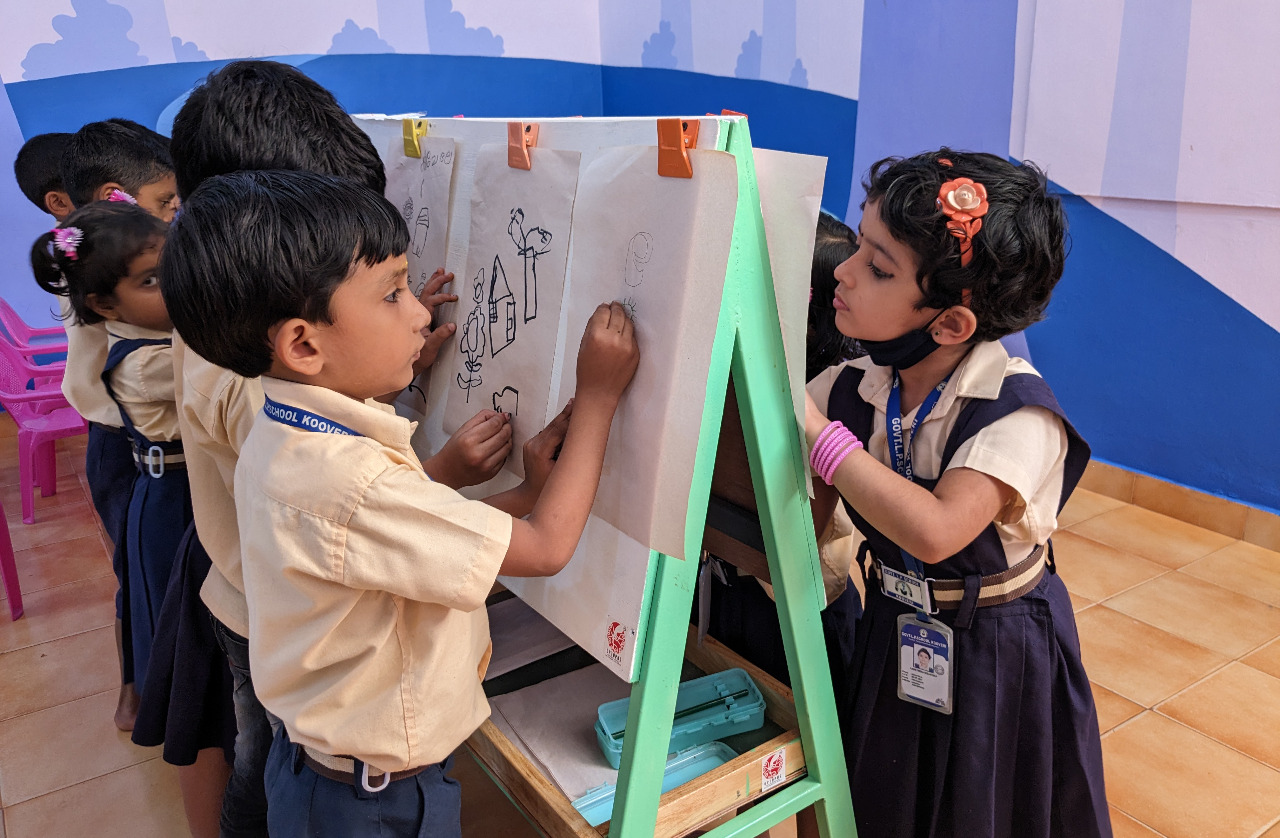Under the previous regulation, nearly 500,000 children were deemed ineligible for Class 1 admissions, causing confusion and concern among families and educational institutions alike
Published Apr 16, 2025 | 4:47 PM ⚊ Updated Apr 16, 2025 | 4:47 PM

Karnataka eases class 1 admission norms
Synopsis: The Karnataka government has lowered the Class 1 admission age limit to 5 years and 6 months, offering relief to parents affected by the earlier 6-year rule. Education Minister Madhu Bangarappa announced the change following strong parental opposition and confusion caused by the 2022 policy. The revision aims to ease admission pressures and support timely school enrolment
In a major relief to thousands of parents across Karnataka, the state government has revised the age criteria for Class 1 admissions, reducing the minimum age by six months.
The new rule sets the minimum age for entry at 5 years and 6 months, easing the earlier requirement of 6 years, which had sparked widespread concern.
Primary and Secondary Education Minister Madhu Bangarappa announced the change, stating that the decision was made in response to persistent appeals and protests from parents who had been facing uncertainty since the stricter rules were introduced in 2022.
Under the previous regulation, nearly 500,000 children were deemed ineligible for Class 1 admissions, causing confusion and concern among families and educational institutions alike.
The State Education Policy (SEP) Committee, tasked with reviewing the issue, recently submitted its final report. After a detailed assessment, the committee recommended lowering the age limit, initially suggesting 5 years and 5 months.
The government has now acted on these recommendations, slightly adjusting the proposed age to 5 years and 6 months.
The move is expected to restore clarity and flexibility in the admission process, allowing more children to begin formal education without unnecessary delays.
(Edited by Ananya Rao)
